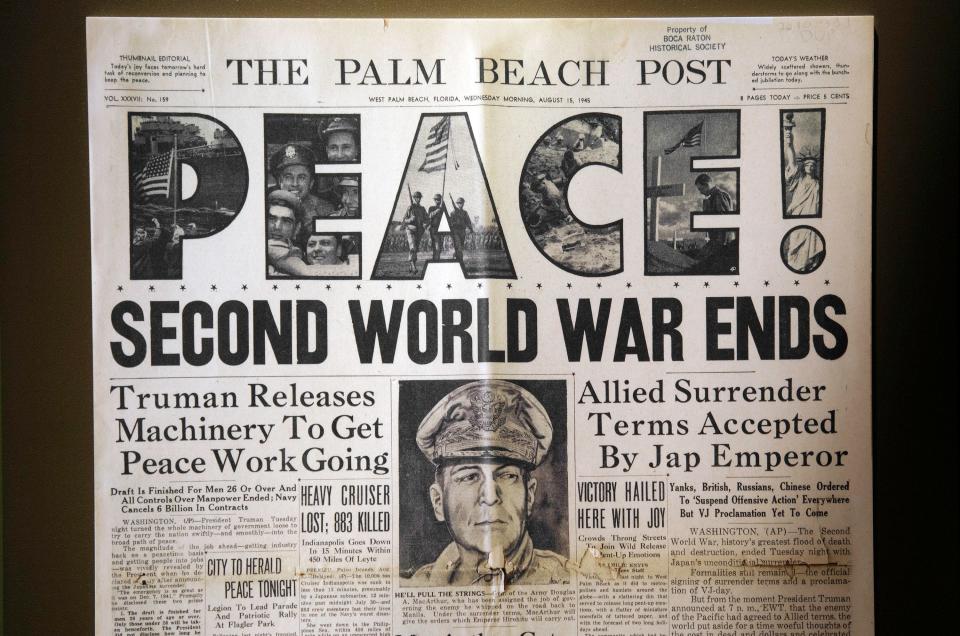The Civics Project: How did Daylight Saving Time come about?
Q. Why do we have daylight saving time? Why can’t we just pick a time and stick with it?
A. For much of American history, time was kept locally. Before the advent of modern technology, using local “sun times” was not an issue, as communication and travel were slow enough that mass coordination across large distances was difficult and largely unnecessary.
This changed with the expansion of rail across the nation in the late 19th century. Railroads created the first time zones to avoid inevitable confusion at various train stations. The U.S. Congress finally standardized the practice in a statute called the Calder and Standard Time Act of 1918. The law established standard time, created five time zones and authorized the Interstate Commerce Commission to draw and adjust the boundaries.

Related: Hey Bud, could you spare a trillion?
And: What did the Anti-Federalists do for us?
More: How billions flow into party coffers
The Calder Act also introduced the practice of Daylight Saving Time (DST), which moved the clock forward one hour from the spring until the fall. The idea was borrowed from Europe, which had adopted the idea during World War I. It was a conservation strategy that was intended to reduce the consumption of fuel by having people more active during daylight hours. As it proved to be unpopular, Congress did away with DST after World War I — at least at the federal level — but it still was observed in some areas of the country.
Under President Franklin D. Roosevelt, the U.S. mandated DST from 1942 until 1945 as a measure to support the nation’s war effort. The practice was dubbed “war time,” and it was discontinued when the conflict ended. Subsequently, the time issue was clarified in the Uniform Time Act of 1966. Congress mandated standard time across the country in accordance with the time zones, and established DST from the last Sunday in April to the last Sunday in October. However, states were given the option of opting out.

From there, the practice of changing our clocks has continued, though the dates have been expanded over time. Indeed, in the mid-1970s, Congress briefly tried out year-round (DST) in an effort to save gas during the Oil Embargo. Today, we have DST from the second Sunday in March to the first Sunday in November. However, both Hawaii and Alaska have opted out.
Daylight saving time math: If it's 6 p.m. in Florida, what time is it in California, Arizona, Hawaii? And other math questions
While people certainly have their preferences, the research on the benefits or costs of standard versus daylight time are mixed. The Department of Transportation studied the issue in the 1970s, and its report was inconclusive. Even the question of energy savings is unclear, and it may be dependent on where in the nation you live. However, in 2020, the American Academy of Sleep Medicine did recommend sticking with a fixed time for public health reasons.
Nineteen states have either passed laws or resolutions supporting the idea of year-round DST, which would make it the new normal. However, since DST is governed by federal law, it would take an act of Congress to change the rules. Florida Senator Marco Rubio has introduced the Sunshine Protection Act in Congress to support this effort, though it is not clear if Congress will move forward with it.
Kevin Wagner is a constitutional scholar and political science professor at Florida Atlantic University. The answers provided do not necessarily represent the views of the university. If you have a question about how American government and politics work, email him at kwagne15@fau.edu or reach him on Twitter @kevinwagnerphd.
This article originally appeared on Palm Beach Post: How did Daylight Saving Time come about?

